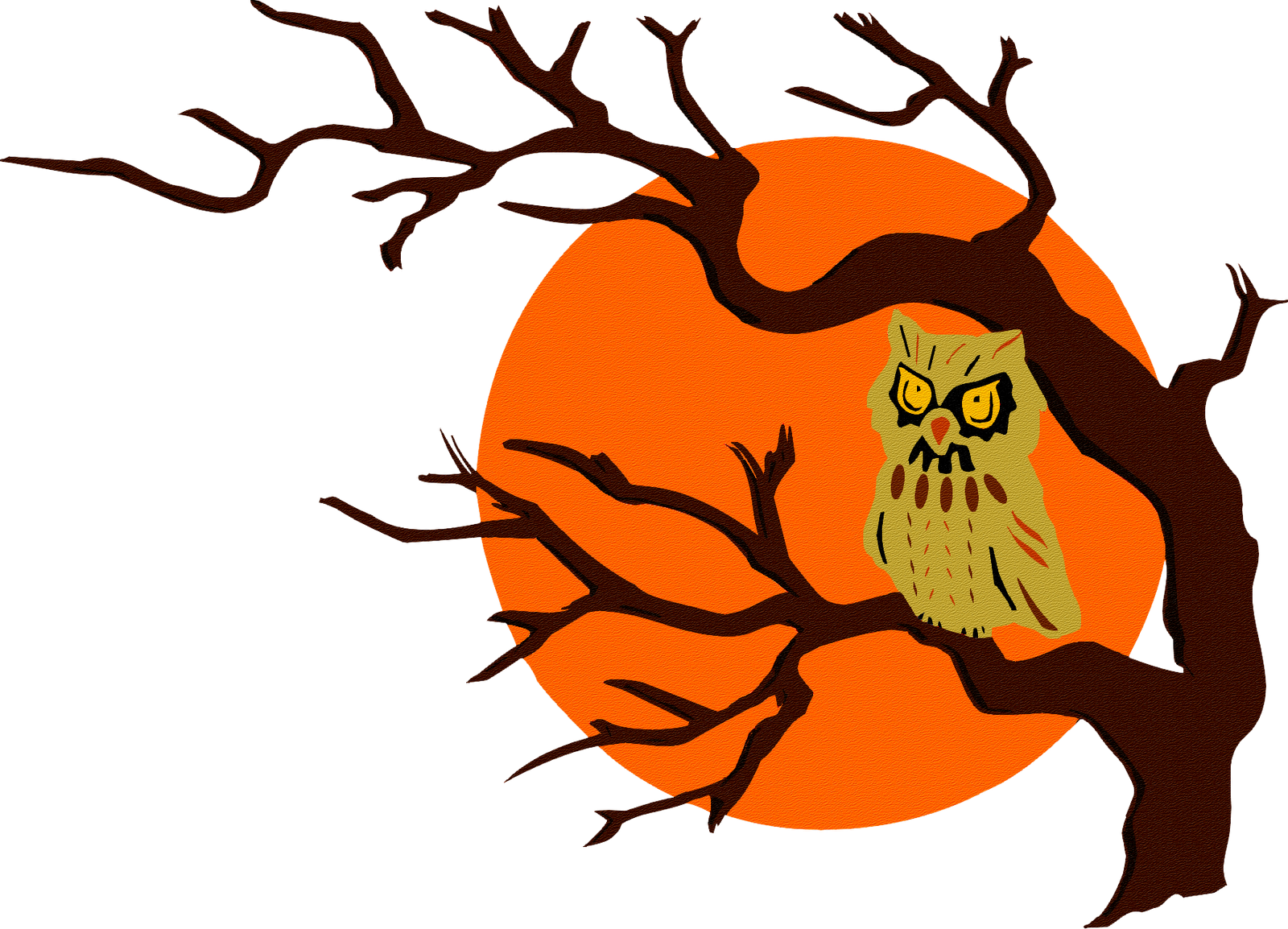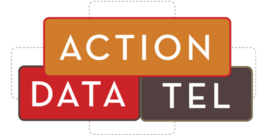7 Ghosts of Cybersecurity

Techniques and Tools to Help you Avoid Cyber Ghosts

October is Cybersecurity Awareness Month, AKA, Spooky Season. While I love a good haunted house and will likely be busting out a weathered and tattered copy of Mary Shelley’s Frankenstein and Bram Stoker’s Dracula, I want to talk about the real monsters who could turn your life upside down in a ‘Tell-Tale heart’ beat, the 7 Ghosts of Cybersecurity.
- Social Engineering: (verb)- Manipulating people in order to access private/confidential information. There are many forms of social engineering which have been used for centuries, but once we entered the digital age people have become incredibly effective at executing this. This ghost will get you by ‘catfishing’ you into fake relationships, baiting you with free goods, posting “Facebook surveys” to entice security questions out of you, just for starters. They are shapeshifters by nature who will change themselves into whatever they need to milk you for what they want. Next, they use the information for their benefit or sell it for profit.
- Phishing: Nope, I didn’t spell that wrong, and NO it isn’t a favored pastime of outdoorsy people. While most people are familiar with this particular ghost, here’s the lowdown: cybercriminals write emails or text messages that look real (think like a mimic) but are really malware in disguise. Once you click the link, download the attachment, or enter your credentials – BAM – your computer is infected. Imagine ordering something from Amazon or groceries from Rays while there’s an incognito listening device inside. That’s terrifying to think about.
Just thinking about it gives me goosebumps.
- Malware: We know another word that starts with ‘m’ – Monster. Just like there are many types of monsters, there are many types of malware, so this is really just an umbrella term that covers intrusive software that wreaks havoc on computer systems.

- Viruses: We’re no medical doctors (maybe network / computer doctors), but just like your body can pick up viruses from interacting with sick people and places, so can your computer. These computer viruses are often spread in similar ways: through interacting. This could be downloading something from the internet (like a song), or receiving a file from an unknown source. While illness is scary enough, how much worse would it be if the bug you caught started broadcasting your most intimate thoughts for all to hear? Yikes!
- Keylogger: This ghost is like having an invisible fly on the wall, sitting over you and reading everything you type. Keyloggers are a type of spyware that save keystrokes made by their victims: usernames, passwords, bank information, etc. Just thinking about it gives me goosebumps.
- Ransomware: Ransomware is a subset of malware. While all malware is dangerous, ransomware has the ability to do direct harm. This demon infects your computer, encrypts your data and hijacks it, forcing the owner to pay a ransom. We’ll give you more information about ransomware in a later blog, but just know that this is like a demon possessing your friend and forcing you to trade your soul for theirs.
- The Dark Web: While the Dark Web can’t directly infect your computer, it is definitely as scary as it sounds. Just like a spiderweb, the dark web houses a host of villains and creepy-crawlies that use it as a launch pad for their attacks and as marketplace for buying and selling stolen data. This scary “ghost” doesn’t need a metaphor either: its reputation stands on its own and is terrifying all by itself.
Beware of Viruses! Remember your Cybersecurity Training
There you have it! The Seven Cyber Ghosts that could be haunting you for weeks or months to come if you don’t take action. Employ some Supernatural Cybersecurity experts and tools today. Follow our blog to get notified of new posts and learn some techniques and tools that will help you avoid these possible threats!
